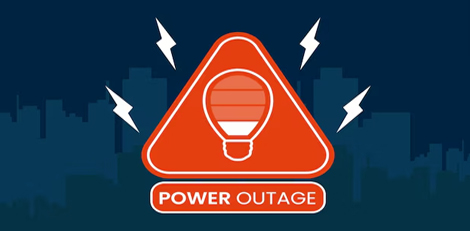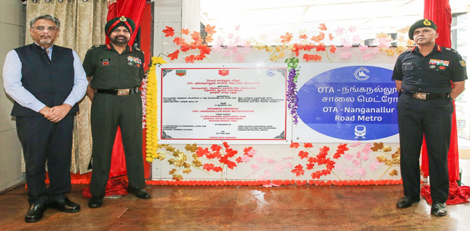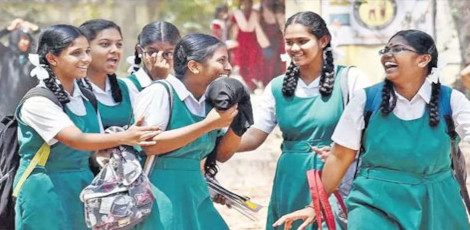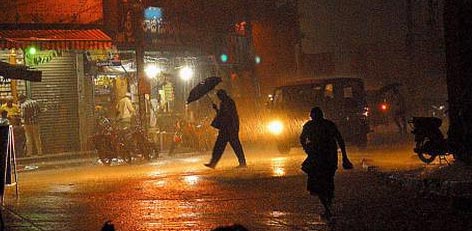For supplying water to the Chennai city, 9 new quarries identified now
Posted on: 05/Jul/2019 10:01:05 AM

There is a widening gap in the Chennai city between demand for water and supply of water now. The water shortage in the Chennai has been very severe this time is well known.
To offset this gap between demand and supply, nine more quarries in Pulipakkam in Chengalpet region and Keerapakkam near Vandalur have been identified now.
It is important to note that to supplement Chennai citys water supply 10 mld of water would be drawn from the abandoned quarries in Erumaiyur near Tambaram. It is now revealed by the metro water department officials that this would replace resources in Sikkarayapuram quarries that would cease water supply in few days of time. Point to be noted is currently nearly 15 to 20 mld of water collected in Sikkarayapuram quarries is transported to Chembarambakkam treatment plant and from here water gets distributed to several parts of Chennai.
For another 50 days, 5 quarries present in Erumaiyur near Tambaram would supply water and the facility is ready to be commissioned. This was as per the officials of metro water department. Information collected is Rs 19.17 crores project that included laying of 11 km pipeline to the Chembarambakkam treatment plant was completed in 45 days.
Point to be taken into account is the water agency is preparing a proposal to design a seek funds for tapping nearly 70 mld of water in the quarries in Paulipakkam and Keerapakkam. An official explained about how due to absence of habitation near the quarries water might not have the need to get treated. To ensure portability, the water has been tested for nearly 45 parameters. Chennai city has been struggling to find drinking water sources and the city would get relief due to the fact that these abandoned quarries could become part of regular water sources.
The department of geology belonging to Anna University and IIT Madras have been involved in the research study regarding augmenting groundwater sources and mitigating floods. It is said that the quality of the water has been tested as a part of this study.
The water samples got from most quarries were of good quality and the total dissolved solids levels were about 300mg/litre. This was later confirmed by Mr. K. Elango, professor, Geology department of AU. It must be noted that this is less than the limit of 500mg/litre for drinking.
In one or two quarries, the TDS level of raw water was found to be 700 mg/litre. To meet the growing drinking water needs, these quarries could be used as storage structures. The professor hinted that a portion of surplus water from the Chembarakkam Lake could be diverted to the quarries. Point is each of these quarries is 60 to 70 m in depth and the depth of the water column alone would be nearly 25 to 30metres.







